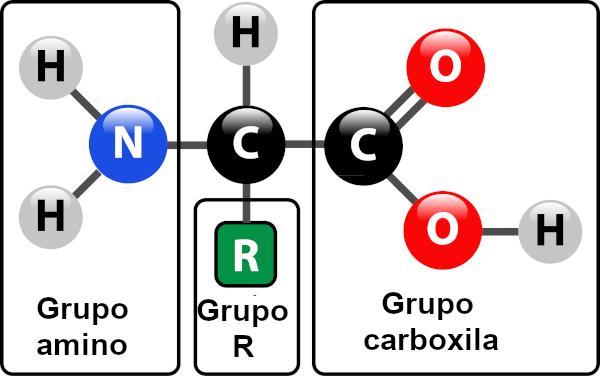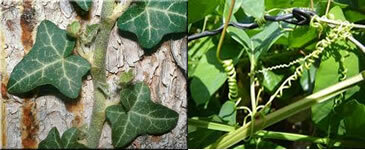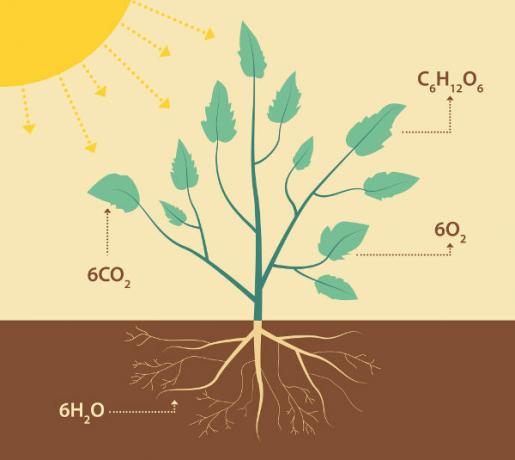Cyanobacteria or cyanophyceous, popularly known as blue algae, are prokaryotic beings, like common bacteria, and photosynthetic, like algae. These organisms can live in different environments, including extreme conditions: rivers, estuaries, seas, rocks, walls, tree trunks, hot spring waters, Antarctic lakes, regions with high concentrations of salinity, etc. This adaptive capacity is one of their outstanding characteristics, although they grow more favorably in freshwater environments.
The name “blue algae” was given to these organisms due to the fact that the first one found had this coloration, but nevertheless, we can find cyanobacteria with the most diverse colors.
Cyanophyceae can be unicellular, living in isolation or in colonies, or they can present with cells organized in filaments. There are records of filamentous colonies over a meter in length. These can produce the akinetes, resistant spores that can give rise to new colonies.
The frequent reproduction in cyanophyceae is bipartition or cissiparity. The forms of sexual reproduction among them are not known, although it is likely that they have some mechanism for recombining their genes.
These photosynthetic autotrophic beings require water, carbon dioxide, inorganic substances, and light to sustain themselves. Depending on the supply of light, phosphorus, nitrogen and other organic pollutants, they can be found at greater depths.
As they are gram-negative, their cell walls are poorly permeable to antibiotics, and thus, like many cyanobacteria, they are capable of release toxins, can contaminate water sources without traditional water treatment or boiling being effective for the treatment. By contaminating water, cyanotoxins compromise aquatic life and that of those linked to them. Some of these are very potent neurotoxins and others are toxic, mainly to the liver, and there are also those that can be irritating on contact.
Decreased movement, prostration, headache, fever, abdominal pain, nausea, vomiting, diarrhea and bleeding intrahepatic are symptoms that can characterize human intoxication when ingesting water or fish from of this. Direct skin contact with contaminated water can cause irritation or rashes, swelling of the lips, irritation of the eyes and ears, sore throat and inflammation of the sinuses and asthma.
Do not stop now... There's more after the advertising ;)
By Mariana Araguaia
Graduated in Biology



